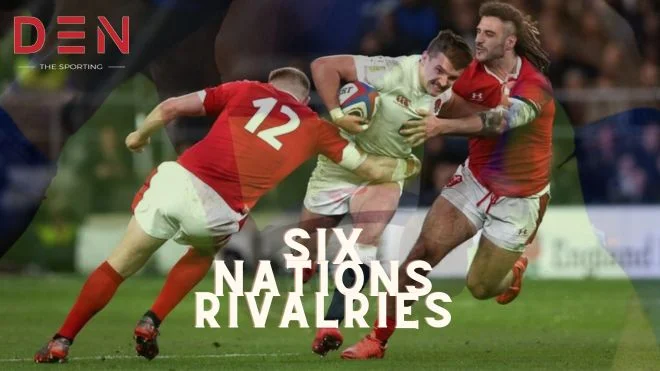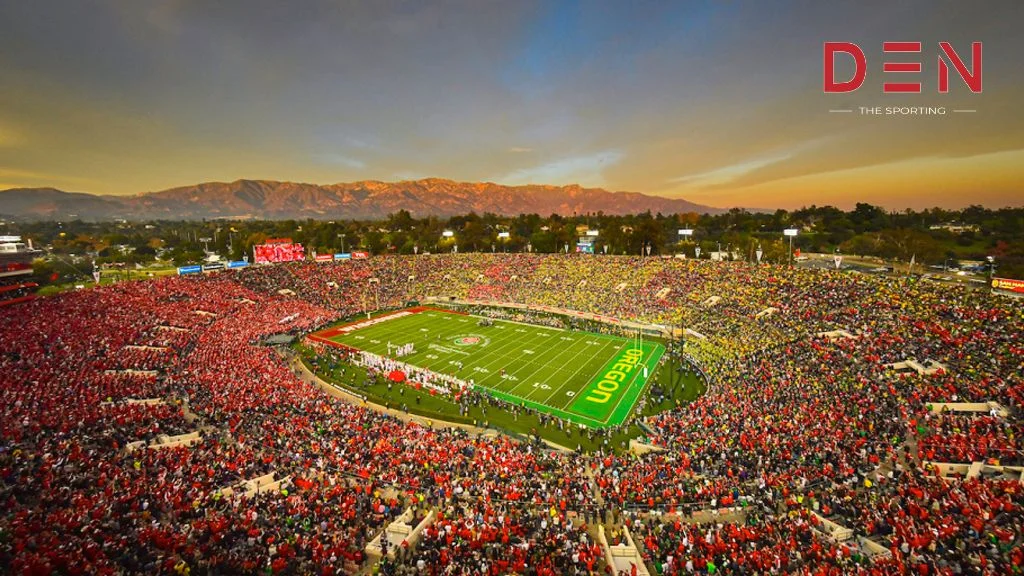
The Six Nations Championship, an Annual Rugby extravaganza, is not merely a sporting event; it is a cultural phenomenon that weaves together the intricate threads of history, traditions, and fervent fan dynamics. In this dynamic tournament, England, Scotland, Wales, Ireland, Italy, and France engage in fierce battles on the rugby field, reflecting centuries-old rivalries and national identities. As we delve into the rich tapestry of Six Nations rivalries, we discover the historical roots, unique traditions, and passionate fan cultures that define this tournament.
Historical Threads: From Battlefields to Rugby Fields
The roots of Six Nations rivalries stretch deep into the historical soil of shared conflicts and alliances. England, as the elder statesman of the tournament, shares a complex history with Celtic neighbors Scotland and Wales. Battles like Bannockburn (1314) and Agincourt (1415) serve as historical benchmarks, influencing the modern clashes on the rugby field. Also, the echoes of these historic confrontations resonate in the anthems and chants of “Flower of Scotland” and “Men of Harlech,” creating an electrifying atmosphere.
Ireland, with its legacy of resistance against English rule, injects a political dimension into its encounters with England. The rugby field becomes a symbolic battleground where historical grievances find expression through physical prowess. The intensity of these matches is heightened by the echoes of Ireland’s struggle for independence, making it a clash charged with emotion and national pride.
On the other side of the Channel, France, a powerhouse in continental rugby, faces Italy in a dynamic that often mirrors David-and-Goliath drama. French dominance is a historical fact, but Italy, with its flamboyant flair and passionate defense, introduces an unpredictable element to the competition. The clash between these two nations unfolds as a compelling narrative of contrasting rugby philosophies.
Traditions Unfurled: Rituals and Rites of Passage
Each participating nation in the Six Nations Championship brings its own set of traditions, adding layers of cultural richness to the tournament.
- Scotland’s Kilted Procession: The pre-match kilted procession through Edinburgh, accompanied by bagpipes and the rallying cry of “Here We Go!” sets the stage for a visceral encounter. It’s a spectacle that not only pays homage to tradition but also serves as a psychological war cry.
- Wales’ Spine-Tingling Anthem: The Welsh anthem, “Hen Wlad Fy Nhadau,” sung with spine-tingling fervor, creates a sense of shared identity and purpose. It transforms the stadium into a cauldron of national pride, where the power of music intertwines with the raw energy of rugby.
- English Roar at Twickenham: Twickenham, the hallowed ground for English rugby, is painted in white and rose red as fans unleash a roar that shakes the stands with each thunderous collision. The visual spectacle mirrors the rich history and tradition encapsulated within English rugby.
- Irish Blend of Music and Wit: Ireland contributes its own blend of music and wit to the tournament. The raucous renditions of “Fields of Athenry” and “Will Ye Go Lassie, Go?” are accompanied by chants of “Ole, Ole, Ole!” that reverberate through the Aviva Stadium, infusing the atmosphere with infectious energy.
- French Passion and Flair: French fans, known for their appreciation of the finer things in life, bring champagne, baguettes, and a touch of theatrical flair to the rugby experience. Also, the passionate support for “Les Bleus” can reach volcanic proportions, especially within the electric ambiance of the Stade de France.
Fan Dynamics: From Raucous Chants to Respectful Rivalry
The Six Nations wouldn’t be the same without its passionate supporters who contribute to the tournament’s unique atmosphere.
- Boisterous Camaraderie in Pubs: Pubs overflow with boisterous camaraderie as fans from different nations come together to celebrate their shared love for the game. It’s a melting pot of banter, laughter, and friendly exchanges.
- Parades and Flags in the Streets: Streets come alive with parades featuring painted faces and fluttering flags. The visual spectacle in the streets mirrors the intensity and diversity of fan loyalty, creating a vibrant backdrop to the tournament.
- Stadium Symphony of Cheers and Jeers: The stadiums themselves become arenas of a symphony, with fans orchestrating cheers and jeers in unison. While rivalries run deep, there is an underlying sense of mutual respect among supporters who share a common love for the game.
However, it is essential to acknowledge that the Six Nations has faced challenges, including instances of drunken disorder and occasional flares of xenophobia. Fortunately, both tournament organizers and fan groups have taken significant strides in promoting responsible behavior and inclusivity. Also, the goal is to foster an environment where passionate support doesn’t spill over into negativity, ensuring that the focus remains on the pure joy of the sporting spectacle.
An Evolving Tapestry: New Rivalries and Shifting Narratives
The Six Nations is a dynamic entity, constantly evolving with the ebb and flow of sporting fortunes and the emergence of new stars. Italy’s recent resurgence, for instance, has injected fresh narratives into the tournament. The rise of players like Finn Russell and Antoine Dupont has added new chapters to existing rivalries, while the continued dominance of New Zealand in the Rugby World Cup serves as a potent external motivator for all six nations.
Conclusion
In conclusion, the Six Nations Rivalries transcends the boundaries of the Rugby pitch. It is a celebration of community, identity, and the shared human experience of sporting passion. In the roar of the crowds, the clash of bodies, and the hoisting of the Championship trophy, we witness a tapestry woven from threads of history, tradition, and the unbridled energy of the fans. It is a testament to the enduring power of sport to unite and excite, reminding us that while rivalries may simmer beneath the surface, the greatest victory often lies in the shared appreciation for a game played with heart and soul.
Jim Munro, distinguished in sports commentary, crafts precision words mirroring athletes’ grace on the American field. Transforming analysis into riveting performances, he elevates the ordinary to the extraordinary. With wit and wisdom, Munro offers a fresh perspective, capturing moments from the crack of the baseball bat to the finesse of golf swings and the thunderous excitement of American football. His insightful commentary transcends the commonplace, providing a deeper understanding of athletic intricacies. Brace for an exhilarating journey into Munro’s realm, where sports commentary is a finely tuned art form, and each match unfolds as a captivating chapter in an epic narrative. Welcome to the unparalleled realm of Jim Munro, where his artistry in sports commentary is extraordinary.



